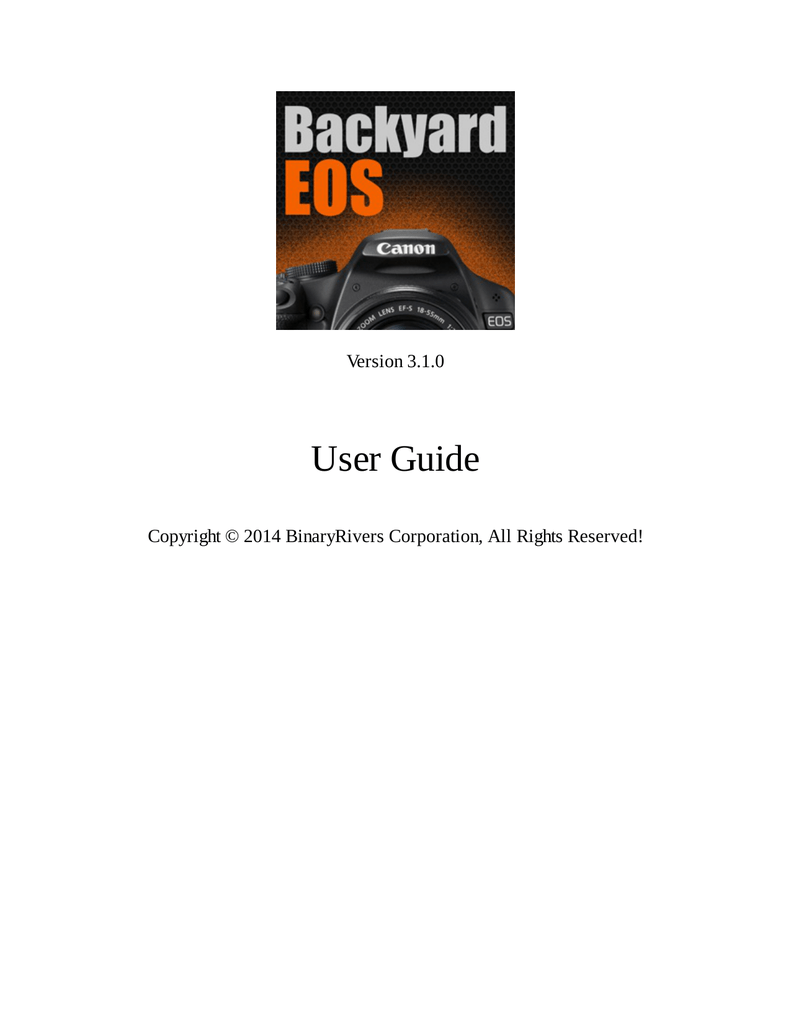

Oxides are pore nucleation sites where hydrides are decomposed during cooling emission in the form of dissolved hydrogen gas. Inclusions also work as nucleation sites for dissolved hydrogen, which increases gas porosity. Inclusions deteriorate the liquidity of the molten metal and thus impede mold filling in places that are difficult to reach. inclusions or hydrogen dissolved in the melt).

The occurrence of porosity is also determined by the purity of the alloy (e.g. The presence of the gas phase in the mold cavity is thus the main problem of pressure casting technology. The so-called air occlusion also occurs during stacking of the liquid metal prior to introducing it into the mold cavity pressure, i.e. The basic problem of this method is that the porosity in castings occurs mainly due to gas entrapment in the melt at a very turbulent flow of liquid metal in the mold cavity. Pressure die casting is an efficient technological process that is used on a large scale. The results obtained via this method allow for proper control of die casting parameters.

The ultrasonic testing method can also be used to evaluate the quality of the casting (to detect it but without the possibility of interpreting the size or source of origin). based on the size and shape analysis of the pores detected).

It permits a fast analysis of casting defects in the finished products, and when combined with the computer image analysis (the porosity segmentation algorithm as described in the article) it allows drawing conclusions regarding their causes (e.g. It was found that the radiographic method was the most preferred means for evaluating the quality of products and for optimizing the technological process for aluminium pressure casting. The results of the research allowed verifying the possibility of using the aforesaid methods in controlled technological parameters of the casting process, and thus permitted confirming the quality of the manufactured castings. Furthermore, a new way of the image segmentation method for porosity detection in aluminium pressure die casting using results from X-ray analysis and public domain software is proposed. In this paper is presented an analysis of a comparison of particular non-destructive techniques: radiographic, ultrasonic, eddy current and pulsed infrared thermography to detect flaws in pressure die casting.


 0 kommentar(er)
0 kommentar(er)
